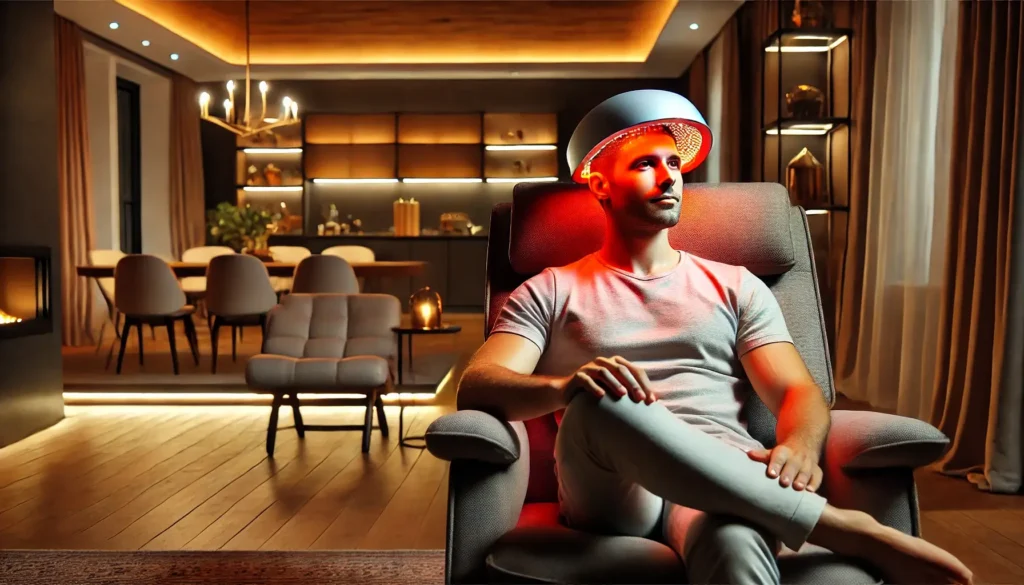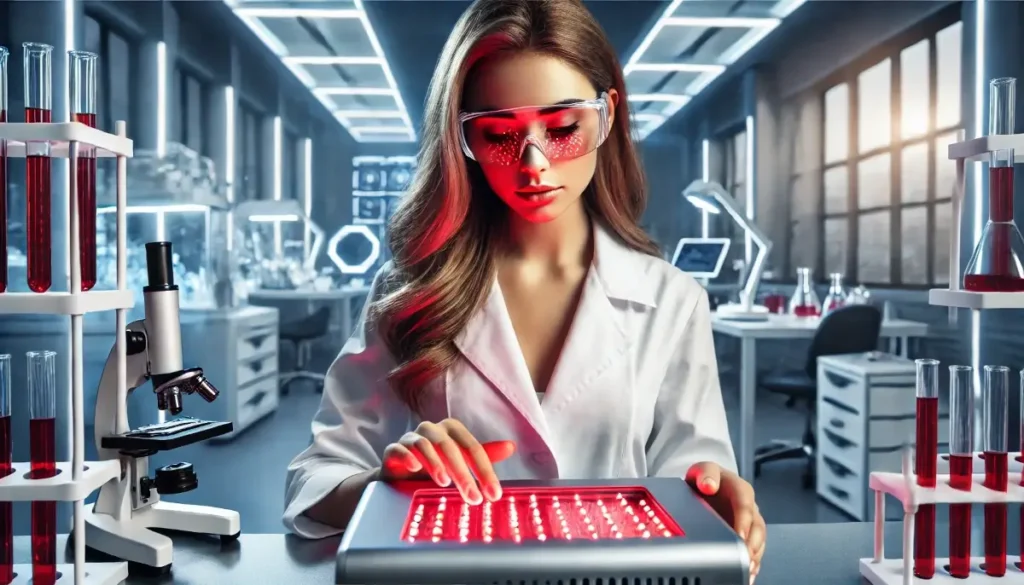Red light therapy (RLT) has surged in popularity as a non-invasive treatment for various health and wellness concerns. From improving skin health to enhancing muscle recovery, the benefits of RLT are often praised—but what does the science actually say? In this article, we’ll explore the science-backed benefits of RLT and how it works to promote better health.
How Does Red Light Therapy Work?
Red light therapy involves exposing the body to low-level wavelengths of red and near-infrared light. These wavelengths penetrate the skin and reach the cells, stimulating mitochondria, which are responsible for producing energy (ATP). This increased energy production enhances cell function, reduces inflammation, and promotes tissue repair.
The effectiveness of RLT depends on factors like wavelength, intensity, and duration of exposure. Research suggests that wavelengths between 600-850 nm are the most effective for therapeutic benefits.
Science-Backed Benefits of Red Light Therapy
1. Skin Health & Anti-Aging

One of the most well-documented uses of RLT is skin rejuvenation. Studies have shown that RLT can:
- Increase collagen production, leading to firmer, younger-looking skin.
- Reduce wrinkles and fine lines by enhancing skin elasticity.
- Improve skin tone and texture by reducing inflammation and redness.
2. Muscle Recovery & Performance Enhancement

Athletes and fitness enthusiasts have turned to red light therapy for muscle recovery and performance improvement. RLT has been shown to:
- Reduce muscle soreness and fatigue after workouts.
- Enhance muscle endurance and strength over time.
- Improve circulation, allowing more oxygen and nutrients to reach muscles.
3. Pain Relief & Inflammation Reduction

RLT has been studied for its effects on chronic pain conditions such as arthritis, joint pain, and fibromyalgia. The therapy works by reducing oxidative stress and inflammation in the affected areas.
4. Wound Healing & Tissue Repair

RLT is widely used in medical settings to speed up the healing of wounds, cuts, and scars. It promotes faster regeneration of damaged tissue by increasing cell turnover and reducing inflammation.
5. Hair Growth Stimulation

Individuals experiencing hair thinning or hair loss may benefit from red light therapy. RLT has been shown to stimulate hair follicles and promote new hair growth.
6. Mental Health & Sleep Improvement

Emerging research suggests that RLT can have positive effects on mood and sleep quality. Exposure to near-infrared light may regulate circadian rhythms, leading to better sleep patterns.
Final Thoughts: Should You Try Red Light Therapy?
RLT is backed by scientific studies for its various health benefits, including improved skin health, pain relief, muscle recovery, and even hair growth. While more research is needed for certain applications, the existing evidence suggests that RLT is a promising, non-invasive treatment option.
If you’re considering adding red light therapy to your wellness routine, choose clinically-tested devices that use wavelengths within the 600-850 nm range for optimal benefits.
Would you like to try red light therapy? Explore the best devices for home use here.
Note: Always consult with a healthcare professional before starting any new treatment to ensure it’s appropriate for your individual health needs.

